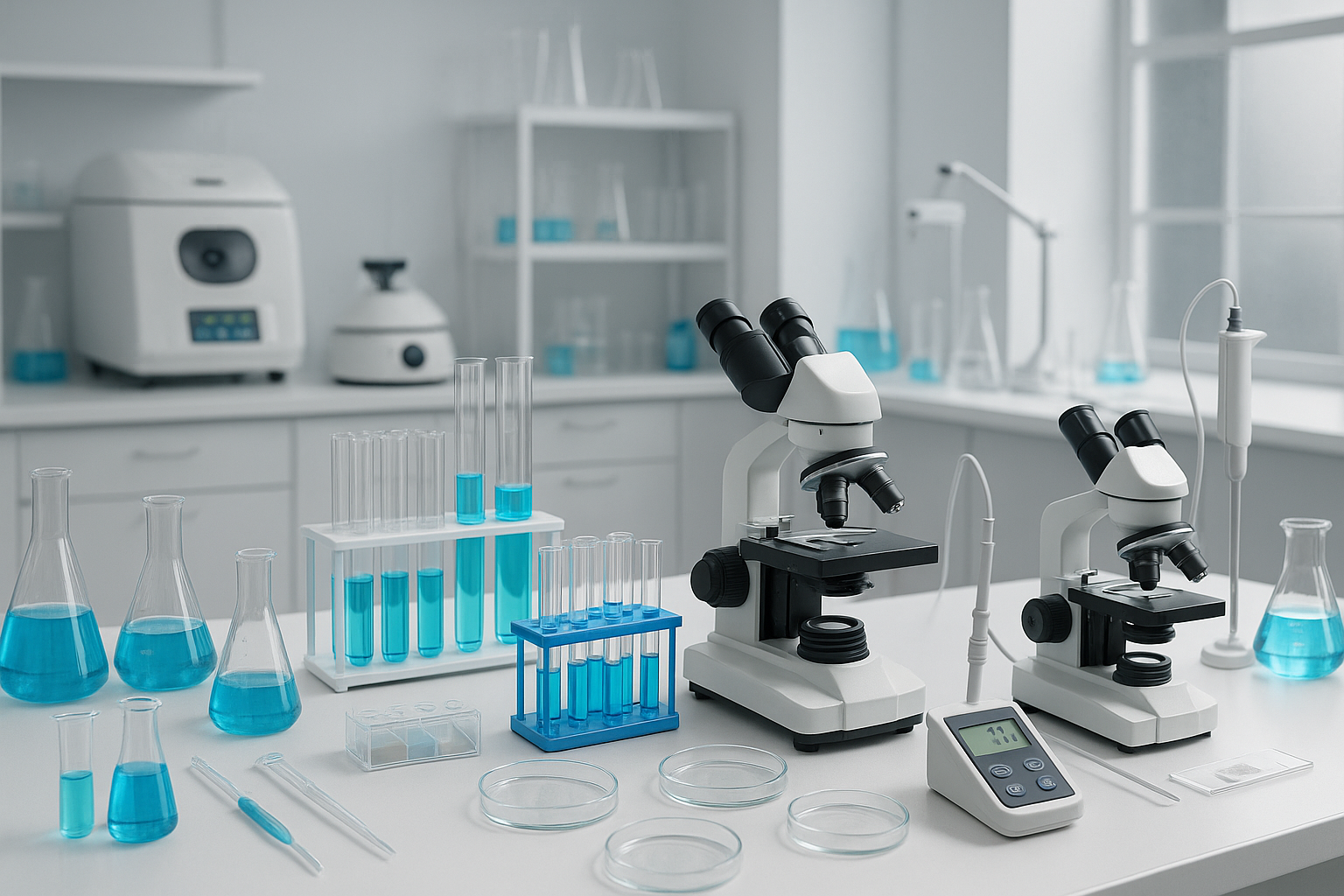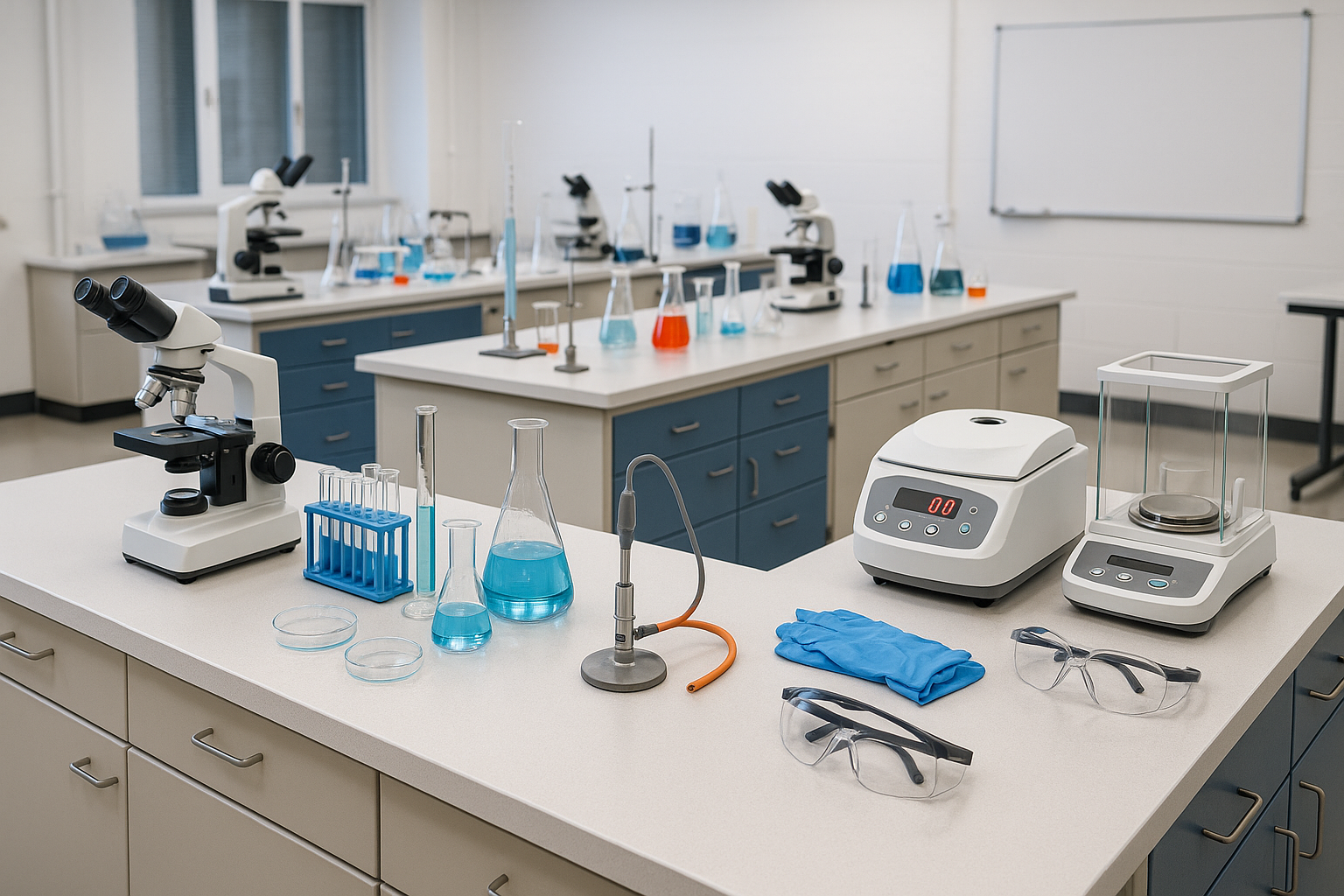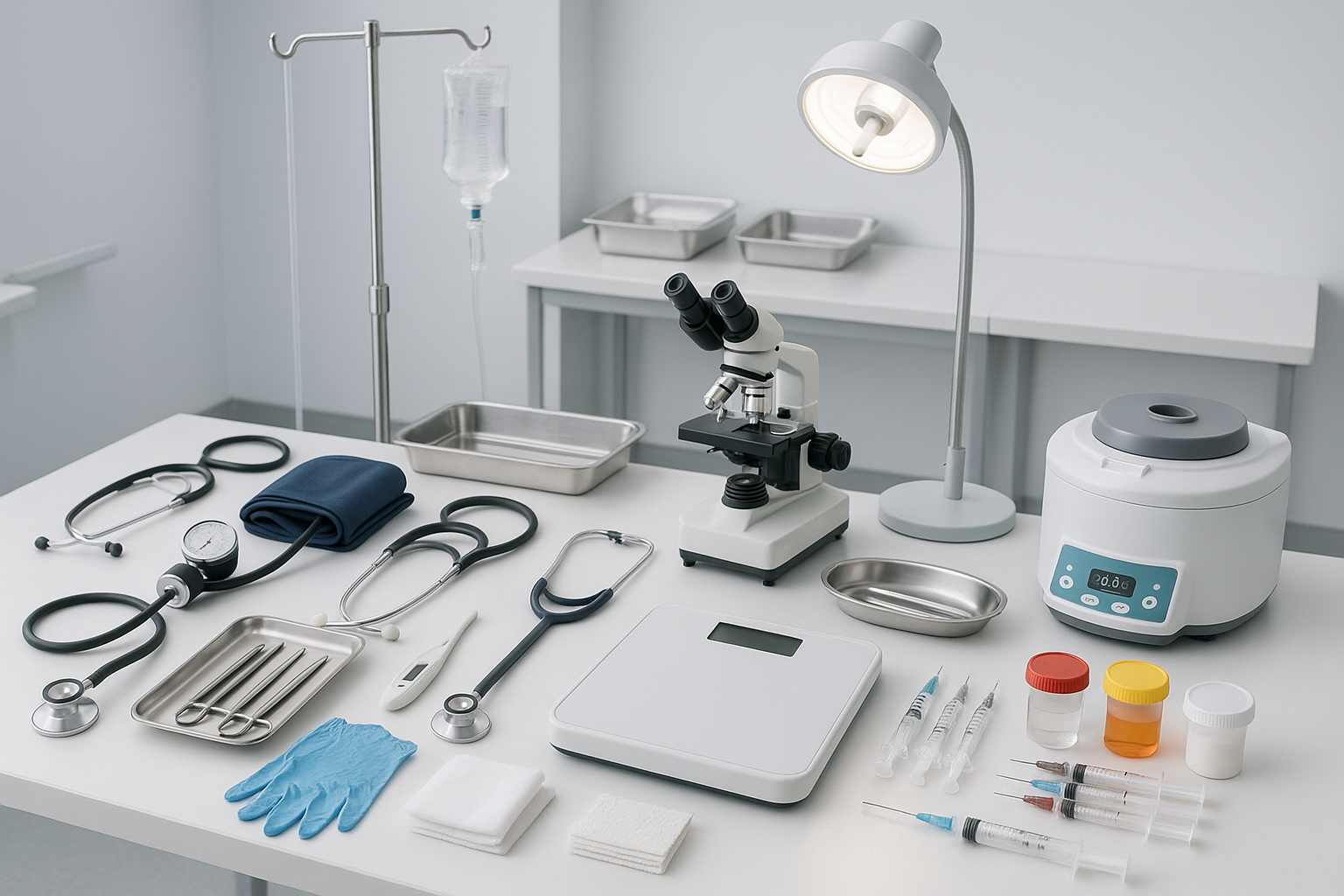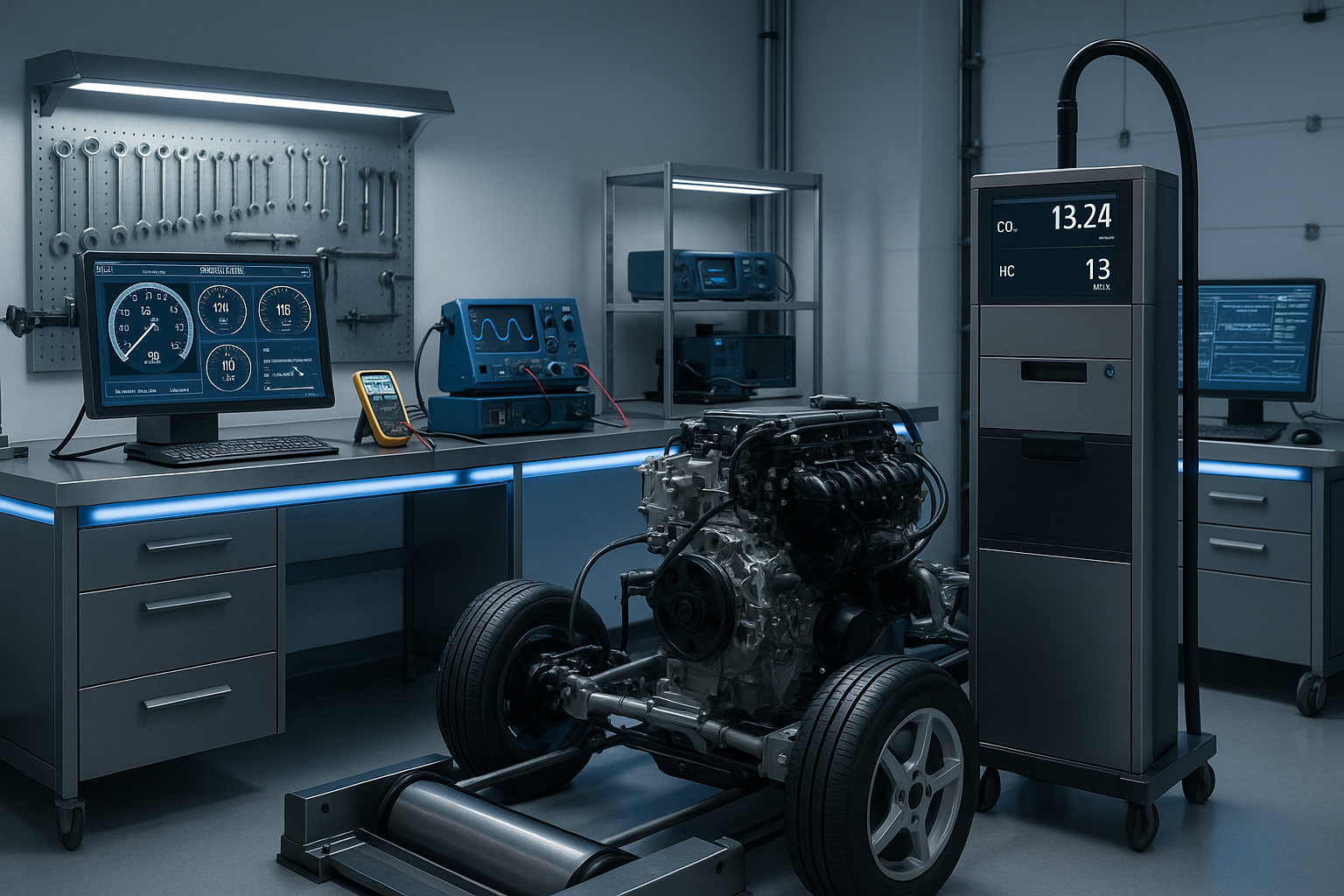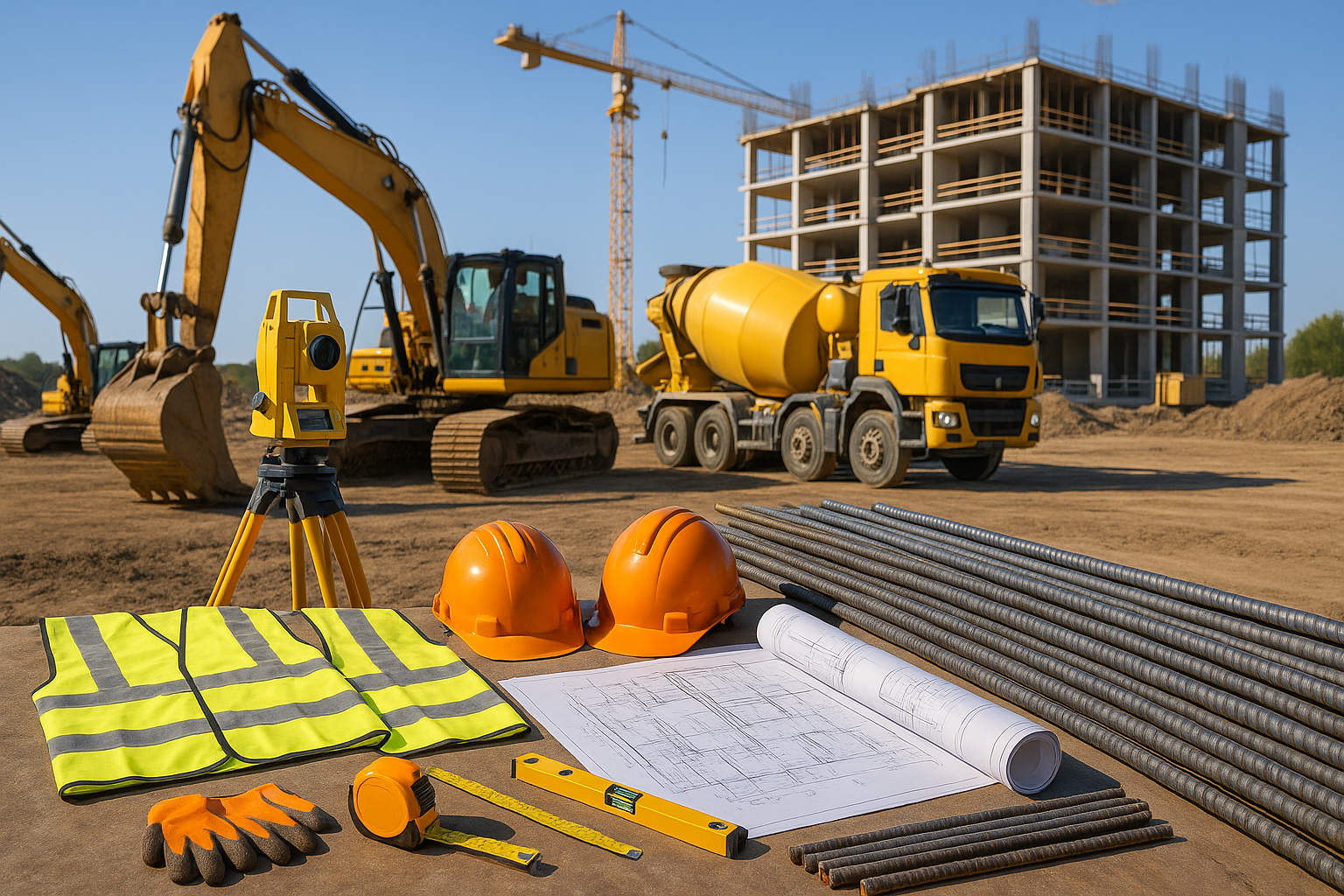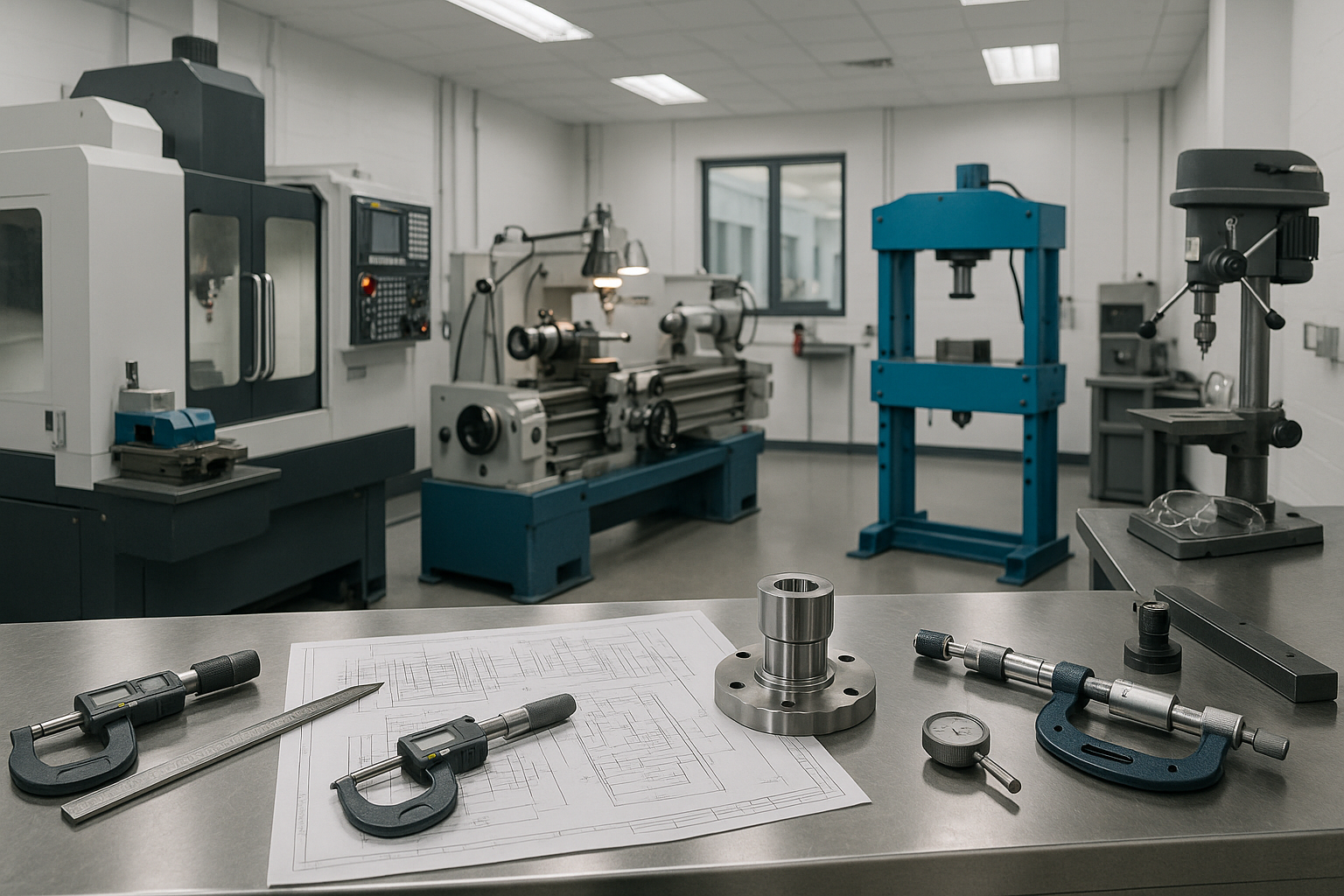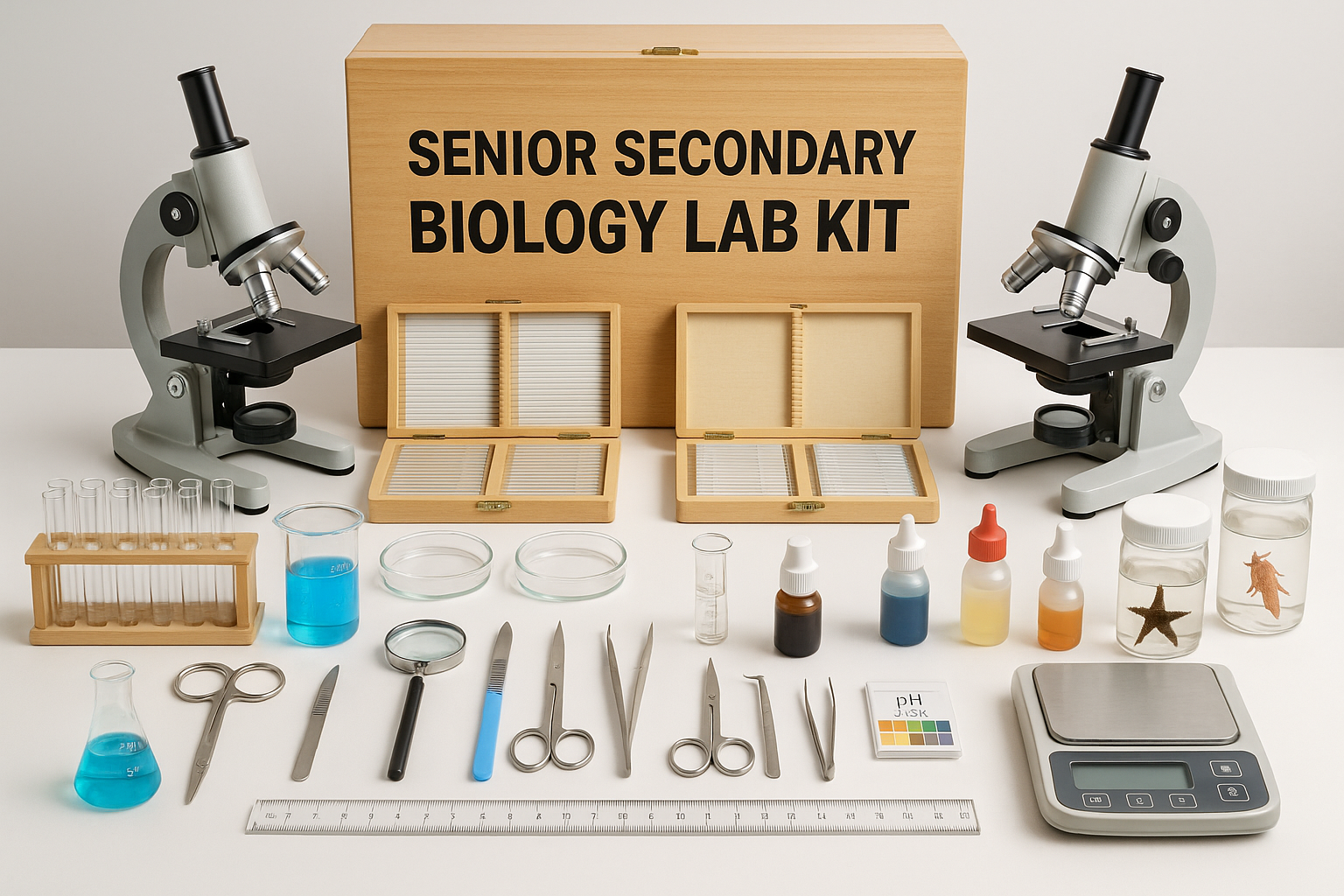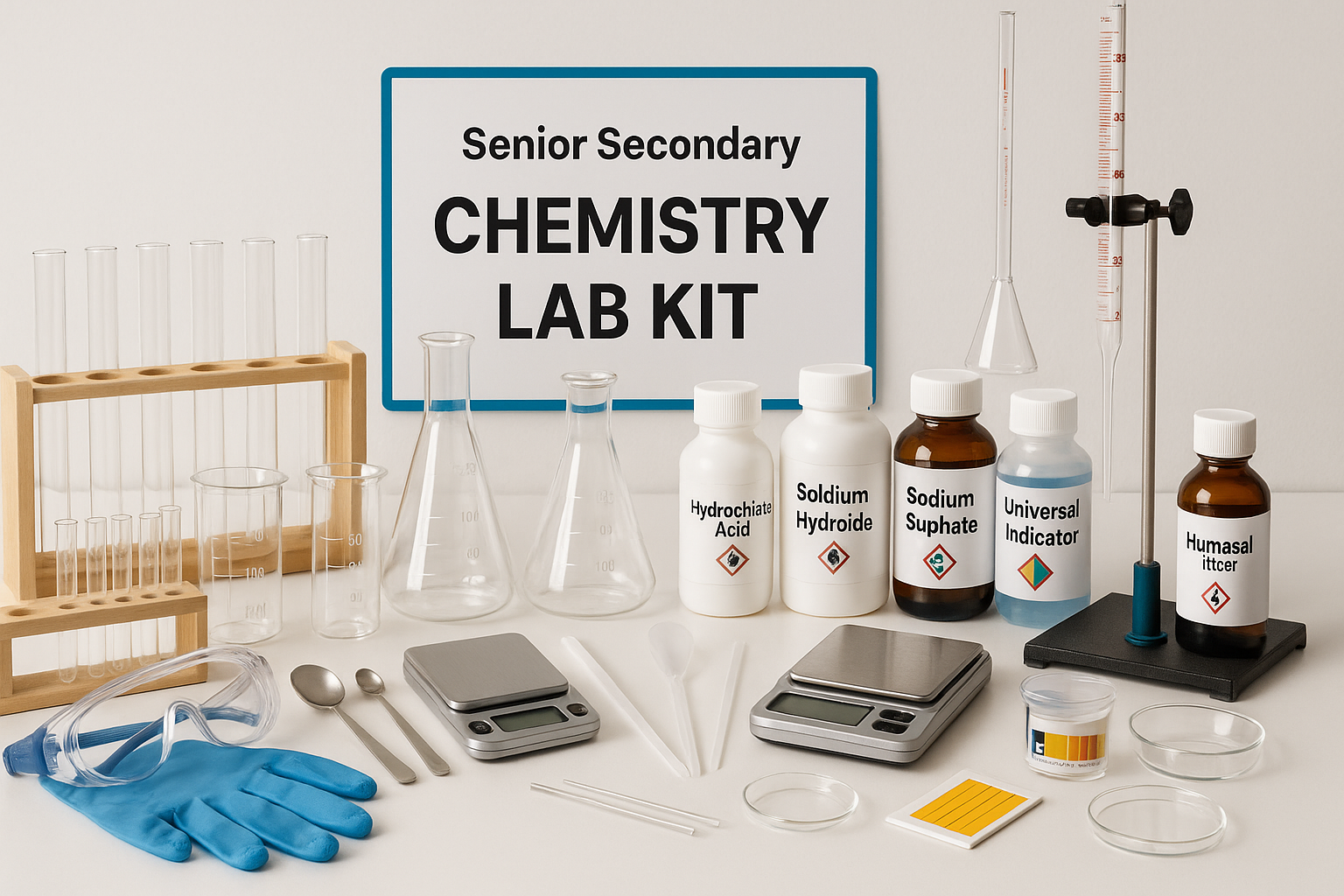Basic Laboratory Equipment: Essential Tools for Every Lab
Basic laboratory equipment is fundamental to the functioning and efficiency of any scientific lab. It provides researchers, students, and lab technicians with the necessary tools to conduct experiments, analyze samples, and obtain accurate results. Understanding the different types of basic laboratory equipment is vital for anyone entering the scientific field or enhancing their laboratory experience.
Laboratory equipment is essential for conducting scientific experiments and research. Here is a description of some basic laboratory equipment commonly found in a scientific laboratory:
-
Microscope:

A microscope is used to magnify small objects or specimens that are not visible to the naked eye. It allows scientists to observe the details of cells, microorganisms, and other tiny structures.
-
Beakers:

Beakers are cylindrical containers with a flat bottom and a spout used for holding and mixing liquids. They come in various sizes and are typically made of glass or plastic.
-
Erlenmeyer Flask:

This conical-shaped flask has a narrow neck and is commonly used for heating and storing liquids. The shape allows for efficient mixing and swirling of solutions
-
Test Tubes:

Test tubes are small, cylindrical glass or plastic tubes with an open top. They are used to hold and heat small amounts of liquid or to conduct small-scale reactions.
-
Pipettes:
Pipettes are used for transferring small and precise volumes of liquids. There are various types, including graduated pipettes, volumetric pipettes, and micropipettes.
-
Bunsen Burner:

A Bunsen burner is a gas burner used for heating substances in the laboratory. It has an adjustable flame that can be varied from a small blue flame (a "cool" flame) to a larger, hotter flame.
-
Hot Plate/Stirrer:
This device combines heating and magnetic stirring functions. It is often used when continuous mixing and controlled heating of a liquid or solution are required.
-
Measuring Cylinder:

A measuring cylinder is a tall, narrow container with graduated markings used to measure the volume of liquids accurately.
-
Balance/Scale:

Balances or scales are used to measure the mass of substances. They can be digital or mechanical and are essential for precise measurements.
-
Safety Goggles:

Safety goggles protect the eyes from potential hazards such as chemical splashes or flying debris during experiments
-
Gloves:

Disposable gloves help protect the hands from harmful chemicals and biological materials.
-
Lab Coat:
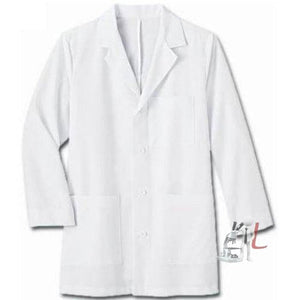
A lab coat is a protective garment worn by scientists to shield their clothing from spills and splashes.
-
Fume Hood:

A fume hood is a ventilated enclosure used to safely handle hazardous or noxious fumes, protecting the user and the laboratory environment.
-
Centrifuge:

A centrifuge is a machine that spins samples at high speeds to separate components based on their density, such as separating solid particles from liquid in a mixture.
-
pH Meter:

A pH meter is used to measure the acidity or alkalinity of a solution, providing information about its hydrogen ion concentration.
These are just a few examples of basic laboratory equipment. Laboratories can contain a wide range of specialized instruments and tools, depending on the nature of the research being conducted. Proper handling and use of laboratory equipment are crucial for ensuring accurate results and maintaining a safe working environment.
Some of the most common basic laboratory equipment includes beakers, flasks, pipettes, test tubes, and balances. Each of these items serves a specific purpose and is essential for conducting various types of experiments. For instance, beakers are typically used for mixing, stirring, and heating liquids, while flasks are better suited for reactions that require shaking or swirling.
Another important category of basic laboratory equipment is measuring instruments like scales and thermometers. Scales are used for weighing substances, providing crucial data for precise experimentations. Thermometers are essential for monitoring temperatures, ensuring that reactions occur within the required thermal ranges.
Pipettes and syringes are essential for transferring small volumes of liquids accurately. This type of laboratory equipment allows for the precise addition of reactants during experiments, which is critical for achieving valid results. Additionally, centrifuges are used to separate components of mixtures based on density, a common requirement in chemical and biological labs.
Safety equipment is another crucial aspect of basic laboratory equipment. Items such as goggles, gloves, and lab coats help protect personnel from chemical spills, fumes, and other potential hazards. Ensuring personal safety is as important as conducting experiments accurately, making these items non-negotiable additions to any laboratory.
Moreover, when discussing basic laboratory equipment, we must also consider the importance of storage solutions such as cabinets, shelves, and drawers. Proper organization of lab equipment contributes significantly to maintaining an efficient workflow and minimizing the risk of accidents or contamination.
Some advanced pieces of basic laboratory equipment include spectrophotometers, pH meters, and autoclaves. These instruments enhance the capabilities of a lab, allowing for more complex analyses and experiments. For example, spectrophotometers measure the absorbance of light by a sample, enabling quantitative analysis of substances. pH meters provide precise measurements of acidity or alkalinity, which is critical for many chemical reactions. Autoclaves are utilized for sterilizing equipment and materials, especially in biological and medical labs.
In summary, understanding basic laboratory equipment is essential for anyone working in a lab environment. These tools not only aid in the completion of scientific tasks but also ensure safety and organization. Familiarity with these items can greatly enhance the efficiency and effectiveness of laboratory operations, ultimately contributing to the success of research and experiments conducted within the lab.
As you consider setting up a laboratory or improving your current operations, make sure to invest in high-quality basic laboratory equipment. Selecting the right tools based on your specific needs can make a significant difference in productivity and data reliability. Whether you are a student, a research scientist, or a lab technician, having the right equipment at your disposal is crucial for achieving your goals in the lab.


